A long, tiring drive across flat, featureless and arid landscape of west Gujarat brought me to Dwarka. The last stage of drive from Rajkot was material less, offering nothing to capture my attention. My interest pecked up as we passed salt panes and our guide announced that we are in ‘Dev-bhoomi’. As you cross a rivulet, the road rises, and the town is suddenly in front of you. The bus halted and I popped my head out of the window to take a shot of the temple. Sheer excitement!
I am not a very religious guy, I had gone there to find stories, to release the bond of love between Meerabai and Lord Krishna, to live stories that are eternal and to find a city, historians call India’s Atlantis. The remote seaside is one of India’s holiest places, where Krishna lived for over 100 years and where Meerabai met her eternal love when she mysteriously vanished in front of thousands who had thronged to offer prayers to Krishna with her. Dwarka’s soul lies in these stories and the bond of spiritual love, this place has seen between a devotee and her deity. Otherwise, a flat, barren land, Dwarka washed by both sun and sea, with limited colours and very tranquil, unlike other holy cities of India. Minutes in this place and you find yourself in warm embrace of the sun, sea and spirituality.
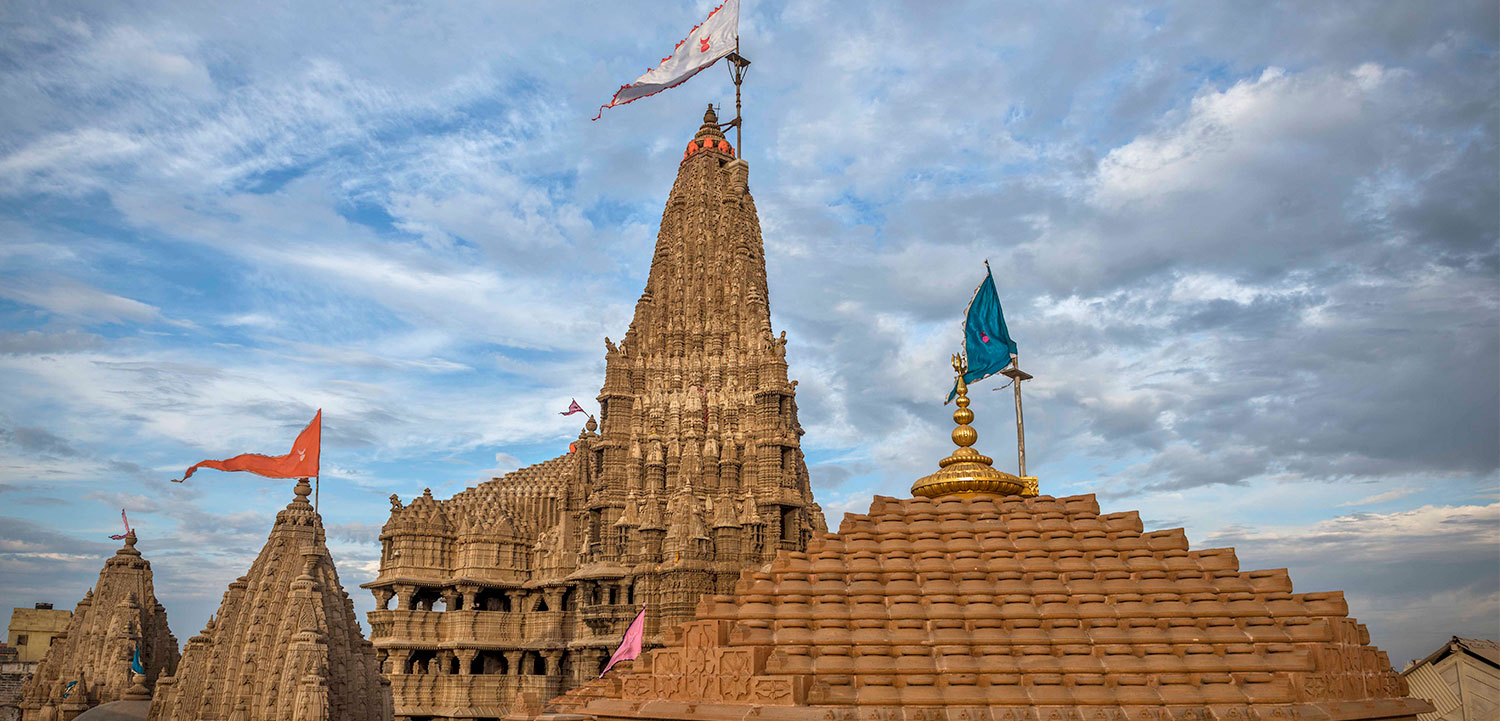

It took me seconds to take in the spirit of Dwarka; the spiritual air hung over me, and started working its magic. I took to the seaside, mostly colourless, lined with concrete wall, and dotted with temples. Nothing you would like to call picturesque, but inviting in its own way.
I started my journey with the Meerabai temple.
“Meerabai’s love was different; she never expected to be loved. She wished a bond, a holy bond between Aatma (soul – mortal) and Parmatma (God – Immortal). There were no boundaries in that love, she forgot herself to remember the divine.” Harish our guide told me and the other foreign tourists who were with us.
We walked through the modest town of Dwarka to reach the point that defines this city (Dwarka (Dwar = gate and Ka = moksha (salvation)). Even on the stairs, far from the main building, you can feel the sacred air. One look at the spire covered with ornate carvings, and a flag fluttering in the breeze, makes you feel a bit special about the place. I went directly into the inner sanctum, where the black idol of Krishna, in colourful garments, is kept, decked on a recess with frames of gold and silver surrounding the idol. The whole experience is overwhelming. There are many smaller temples that surround the main temple, all in grey sandstone, beautifully sculptured, adorned with the same medieval charm as the main temple, giving a very dreamy look in unison.

I took a quiet corner for myself to look at the activities. Lulled by the evening sea breeze, I tried imbibing the calm of the place, somewhere in my mind, picturing Meerabai singing for her Krishna. Harish had another story for me, again of the eternal love of Meera. When she disappeared in Dwarka, a piece of cloth of her saree was left behind on the Krishna idol. She had merged with the god she loved and prayed. Some say she fled away, and it is only those ‘some’ who believed in their saying, for the masses she had found her love.
Three kilometers away from the main temple is the Rukmani temple perched on a breezy stretch of backwater. Mythology puts that Goddess Rukmini opted to stay here and bless the devotees. The temple is an architectural masterpiece. Taking religion out of the story, Dwarka teaches you the different forms in which love existed in Krishna’s life – there was Radha’s ecstatic love, then Rukmini’s love which existed as commitment, Draupadi’s love which was respect and then Meera’s which was devotion. Only a feeling like love can exist in so many forms and still be worshiped.

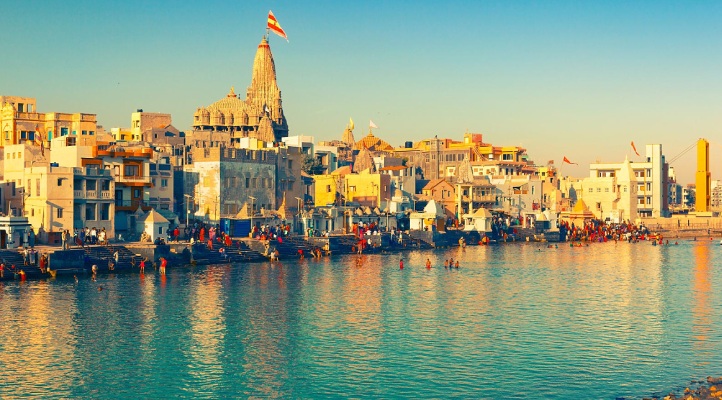
I went further in search of ‘Atlantis of India’, Bet Dwarka. Various marine excavations around Bet Dwarka have indeed revealed a good and planned city. I shared glances with Harish, he looked eager to share the story. Vedic scriptures say that Lord Krishna settled here with his Yadav clan to save them from Jarasandha, the evil king of Mathura (Krishna’s home place). Since Bheema was ordained to kill Jarasandha, Krishna had to leave Mathura with his clan and establish a new fortified city. With the help of Viswakarma, the divine architect, a dazzling Golden City was erected and christened as Kushasthali or Dwaravati. It later became Dwarka. After the death of Krishna, the city was submerged, only to be excavated centuries later.

I looked at the temple again, the steeple towers, the huge flag and the throng of devotees on the stairs – images of bhajan singing saffron dhoti clad boys, women in long queues who must have traveled distances to come and offer their offerings, children who had been told stories of Krishna and men for whom God is the only one they can trust, flashed before me. What had they all come for in this remote western town? Isn’t there one thing that binds all these stories and images? Devotion or say faith or call it love.
You feel that buoyant joy here, a feeling that you have been dragged out of the stream of life, the continuous time and space continuum you live in, to a place where everything has settled, where you find calmness in roaring sea and pace in the mystic stories of Meera and Krishna. And standing in the midst of this divinity, staring at how all the life processes condense into devotion or love, you realize that love is the central force where all forces mingle. Love is devotion. Love is awareness. Krishna is awareness, Meera is devotion.


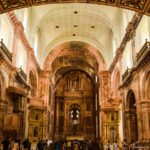
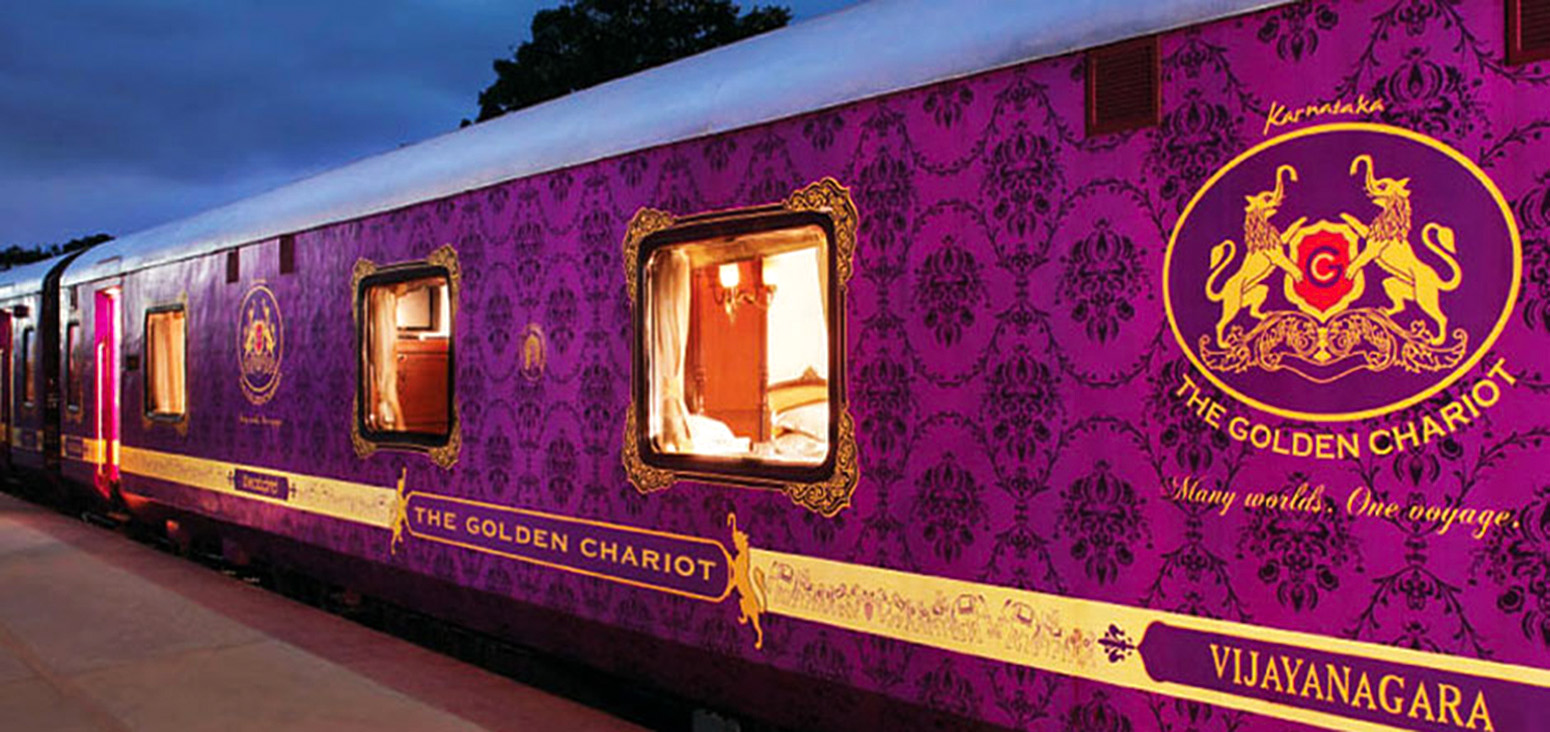

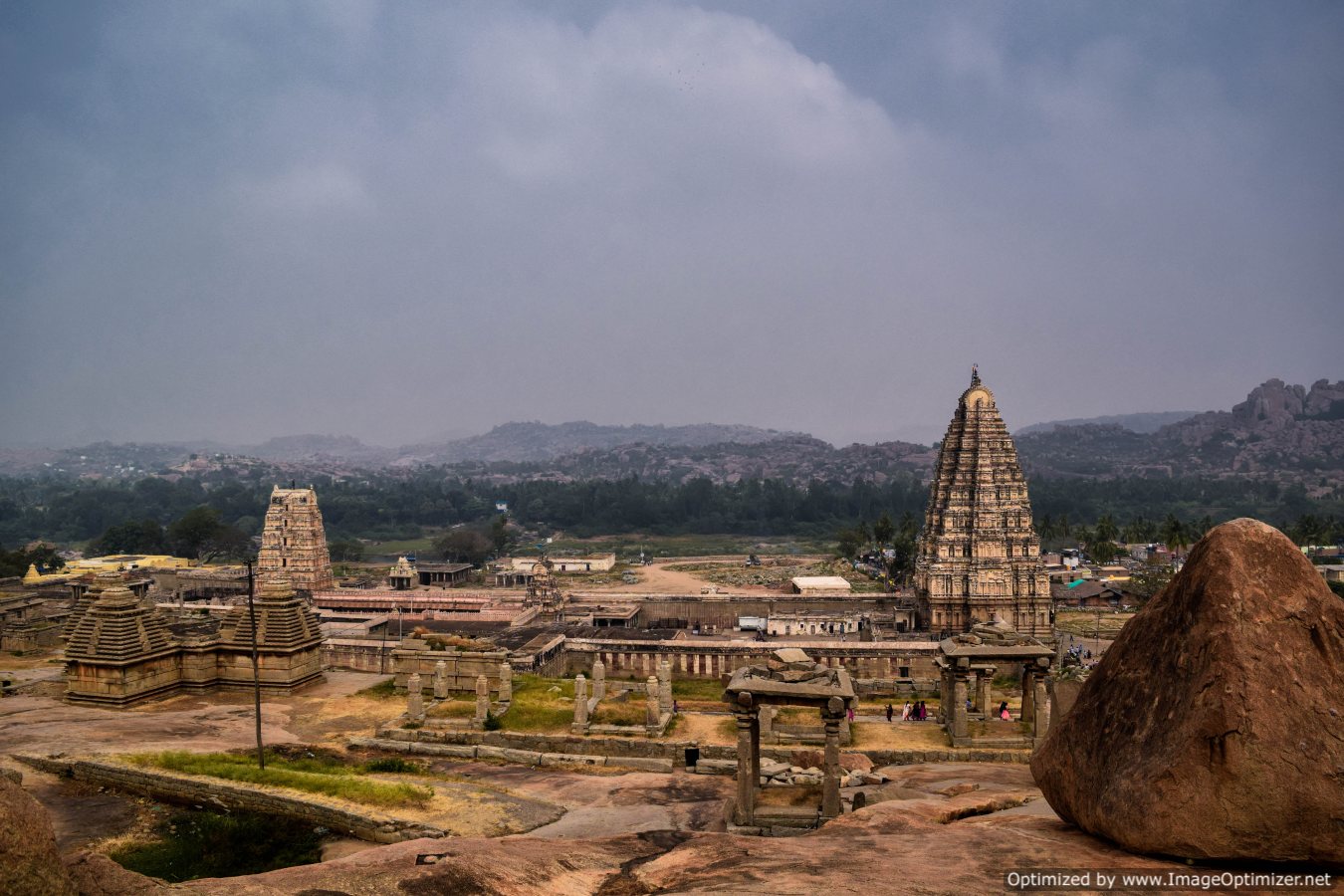

Is it possible to visit Bet Dwarka?
Yes, you can take a ferry and go there
Loved your post. Amazing destination
Thanks
Love your writing style and pictures Aakash!
Thanks Arv, great to hear
🙂
Where is the temple where Meera merged with LORD Krishna. Is there any Video of that temple and the place where she disappeared in Dwarka with a piece of cloth of her saree, that was left behind on the Krishna idol?
That’s the Meerabai temple. Photography inside the temples is not allowed.
Some phrases that you use to describe their love makes me feel a feeling, a blessing that i cannot describe in words. It’s so pure and blissful. Your writing style and thoughts on Shri Meera’s love are amazing.
Thanks so much.
Hi, just wanted to ask that is dwarkadhish temple in which Meera bai got merged in the idol?
And also wanted to ask that is that piece of cloth of the saree which was left after she got merged, still there in dwarikadhish temple or not?
Also do u know the name of the place where Meera bai stayed in Dwarka?
Yes it is the same temple. And there is a story of the cloth but frankly I can’t make if the cloth can survive so many years. For the third one I’ll try to find out and answer.